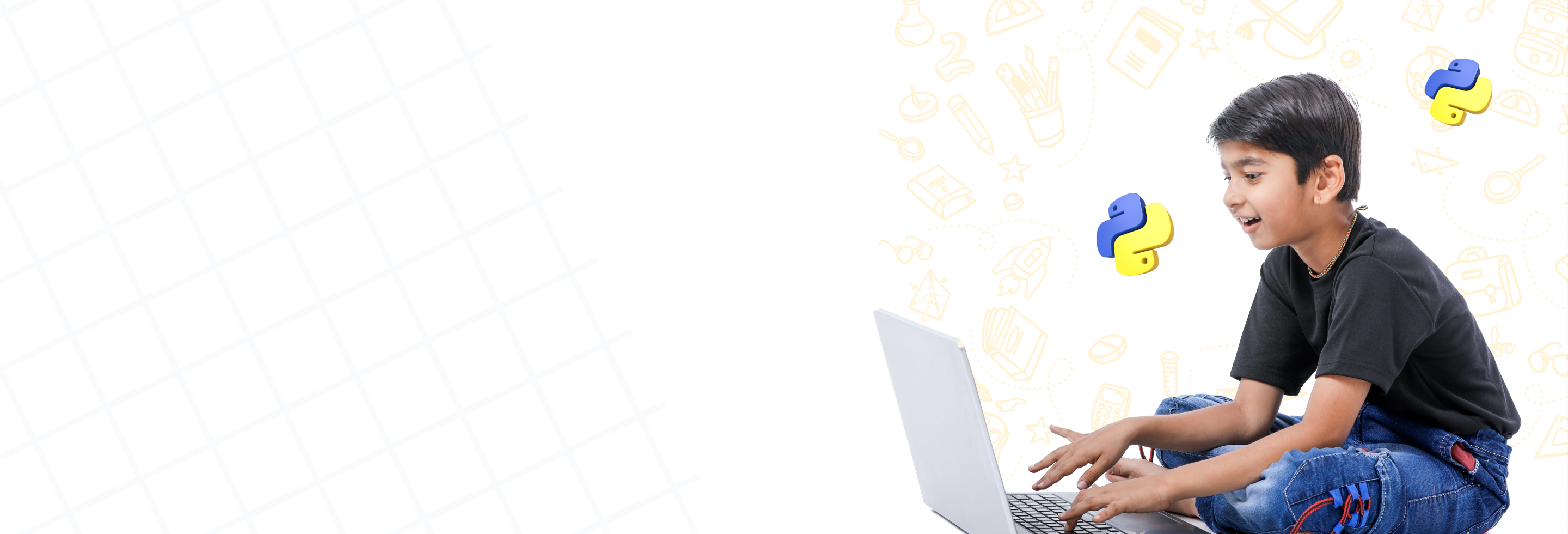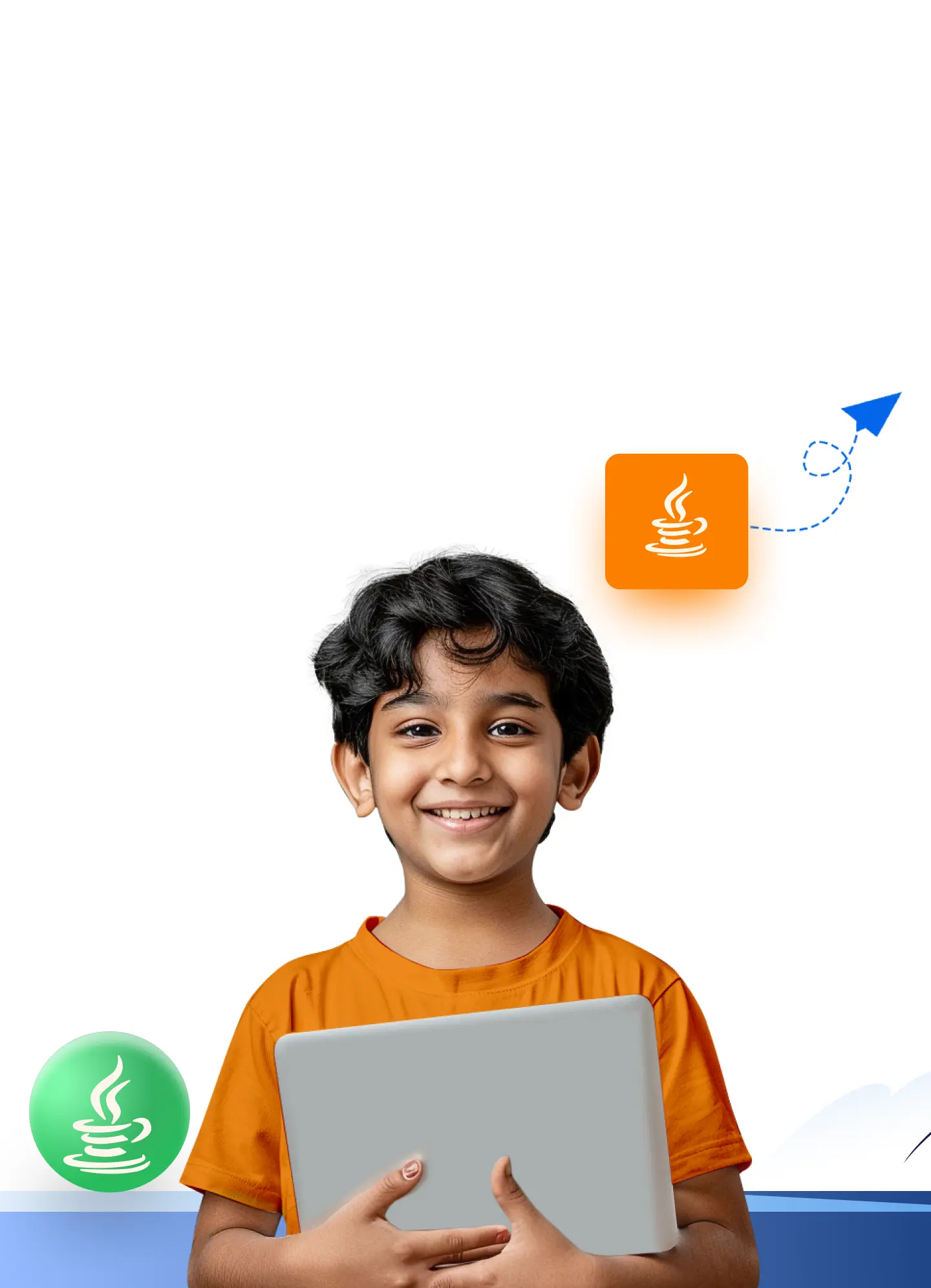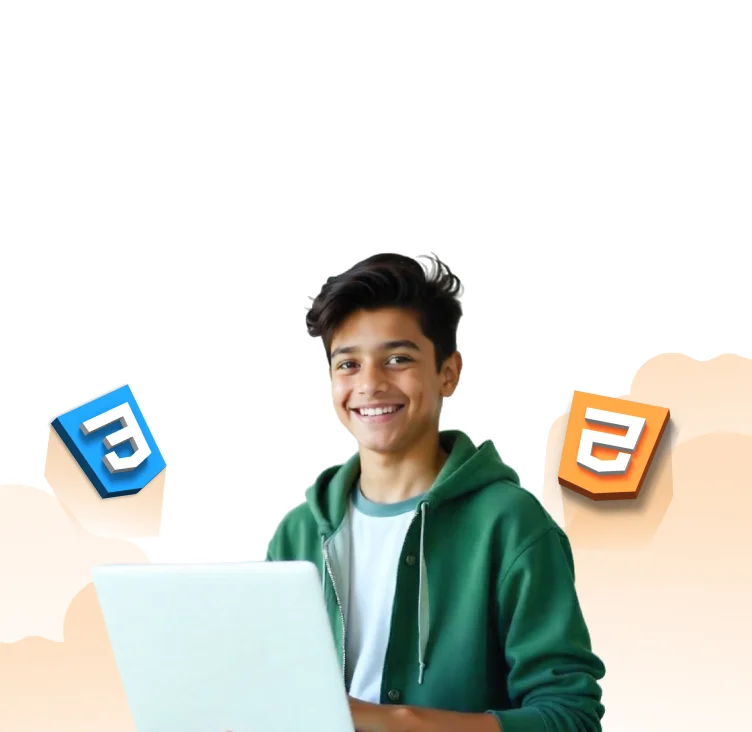How to Teach Python to Kids: Step-by-Step Guide 2025
By Srinithi SankarIntroducing programming to kids at an early age nurtures them with logical thinking and fosters creativity. And when it comes to Python, teaching Python to kids is very beneficial and an excellent choice. Python is the present and future of the IT industry and thus, kids can start learning Python programming at a young age.
We all know that learning Python programming is always an easy task for anyone, be they kids or adults. Hence, in this guide, we’ll be guiding kids on how to learn Python in a more engaging, interactive, educational, and fun way. These best ways are definitely going to help children learn and grow. Let’s read about some of the best ways you can follow for teaching Python to kids.
How to Teach Python to Kids – Step-by-Step Guide
These steps are a step-by-step guide you should follow to help your kid learn Python easily and effectively:
Step 1: Lay the Foundation with Basics
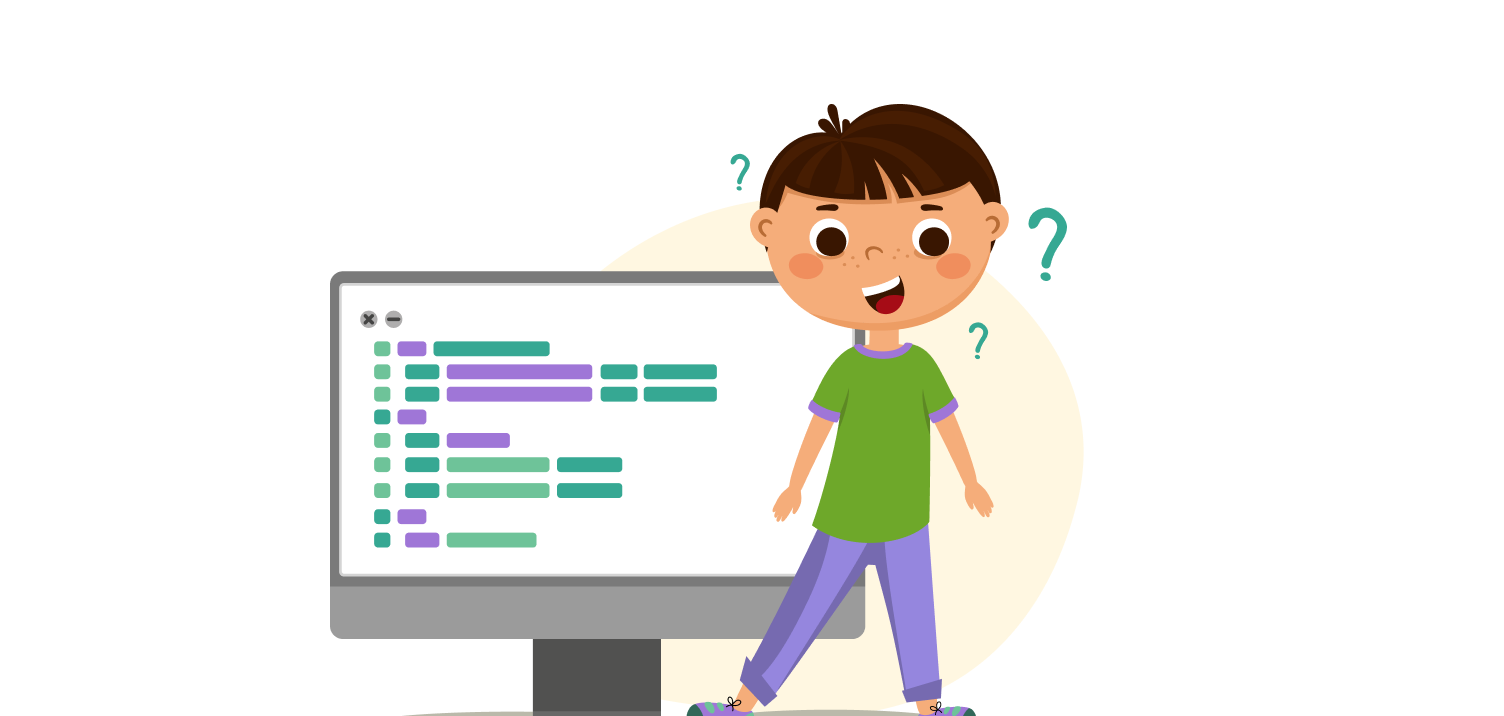
You can start teaching Python to kids by introducing them to the fundamentals of programming. Help them explain the concepts of algorithms using a gamified approach. Discuss with them about computer fundamentals initially, and execute the basic commands. Make it interactive by having them come up with their own “step-by-step” instructions for common tasks.
Step 2: Create a Visual Environment
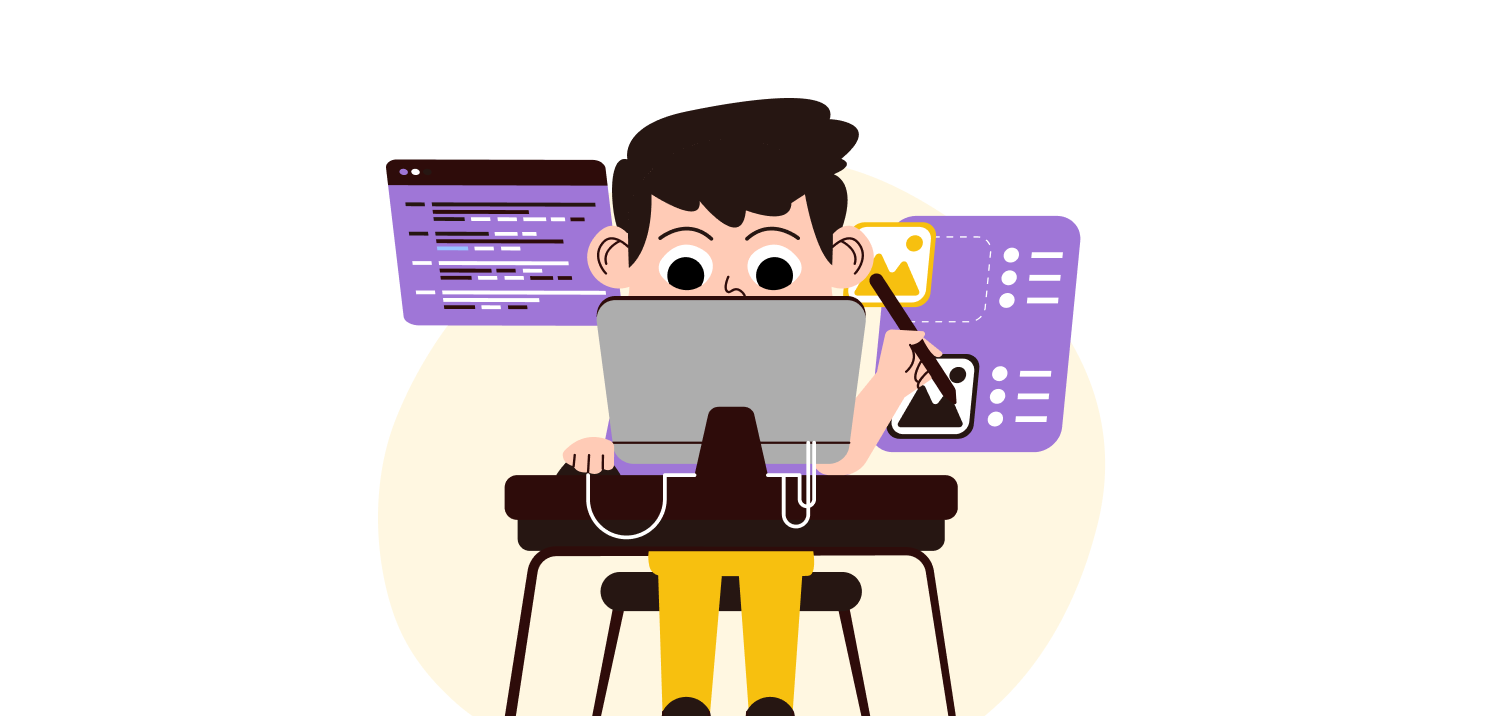
You can help kids by making them learn through interactive tools to make the learning process more engaging. There are platforms like HackerKID and Turtle that provide a visual interface that allows kids to create simple programs by dragging and dropping blocks. This introduces them to basic programming concepts without getting into complex syntax.
Also Read: Top 25 Coding Terminology for Kids
Step 3: Choose Kid-Friendly Resources
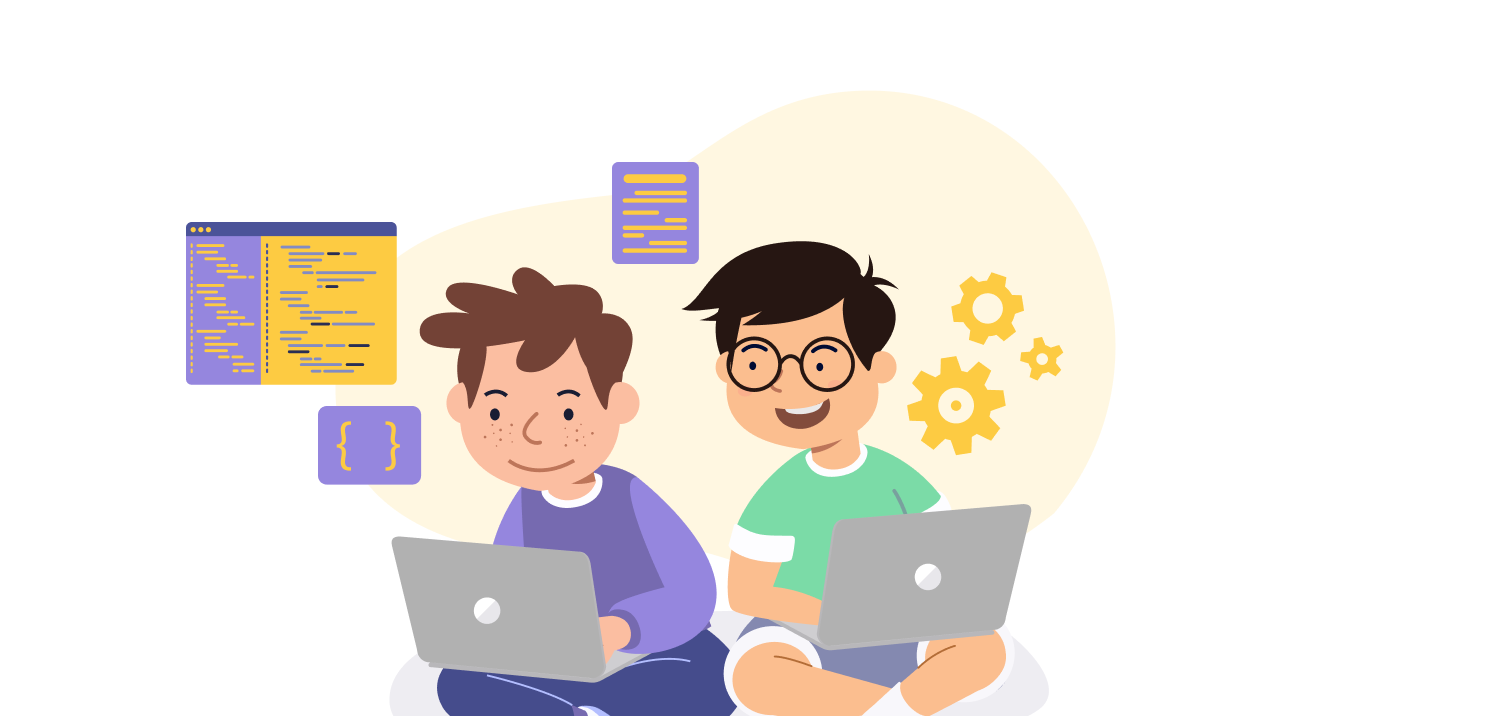
You can opt for resources to teach Python to kids which are kid-friendly and also motivate them to learn more. There are various online platforms, gaming platforms, books, videos, and tutorials that are tailored for young learners. These platforms offer excellent resources with hands-on activities and projects.
Step 4: Gamified Learning Approach

It’s good to follow a game-based learning approach in order to help kids learn Python programming and make it more enjoyable for them. To have a gamified learning experience, there are platforms that offer excellent features with challenges that help kids face a challenging situation and learn from it. This not only helps them learn Python but also boosts problem-solving abilities.
You can explore more about Python on its official website.
Step 5: Project-Based Learning
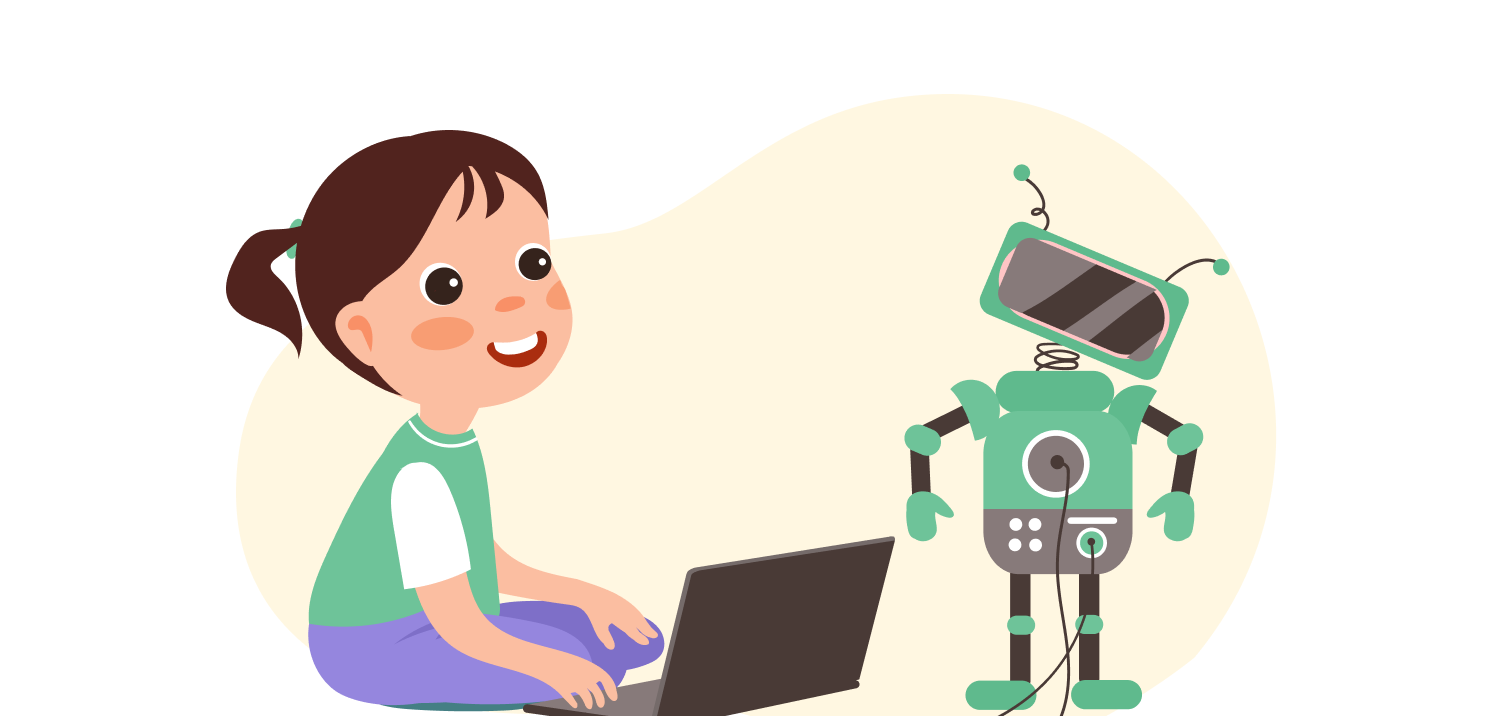
Once kids have a basic understanding of Python, encourage them to work on small projects. Projects could include creating a simple calculator, designing a digital drawing tool, or even making a text-based adventure game. This hands-on approach helps them in learning Python better and sparks creativity.
Step 6: Emphasize Real-World Applications
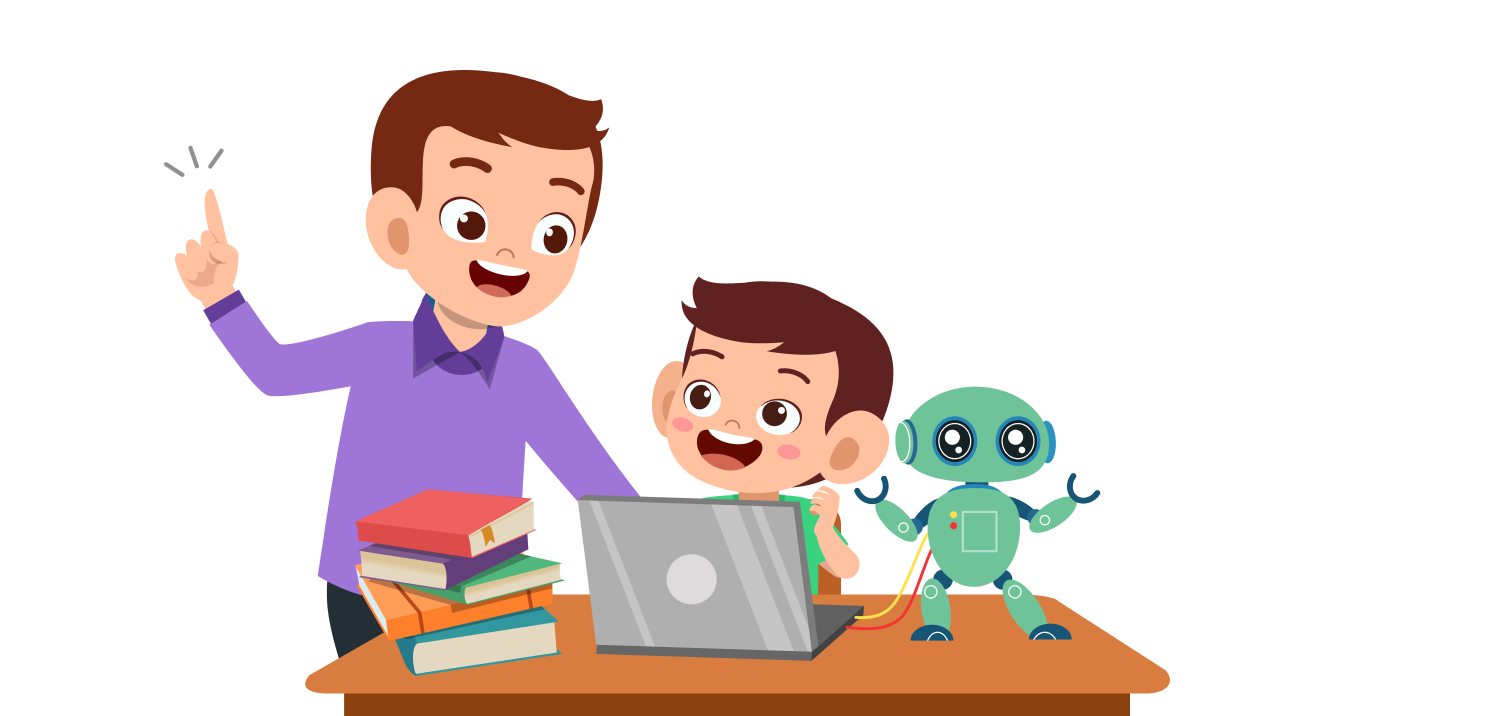
Connect Python to real-world applications that kids can relate to. Show them how Python is used in creating websites, games, and even in the field of robotics. This helps them understand the practical uses of programming and ignites their curiosity about what they can achieve with their newfound skills.
Step 7: Foster a Supportive Learning Environment
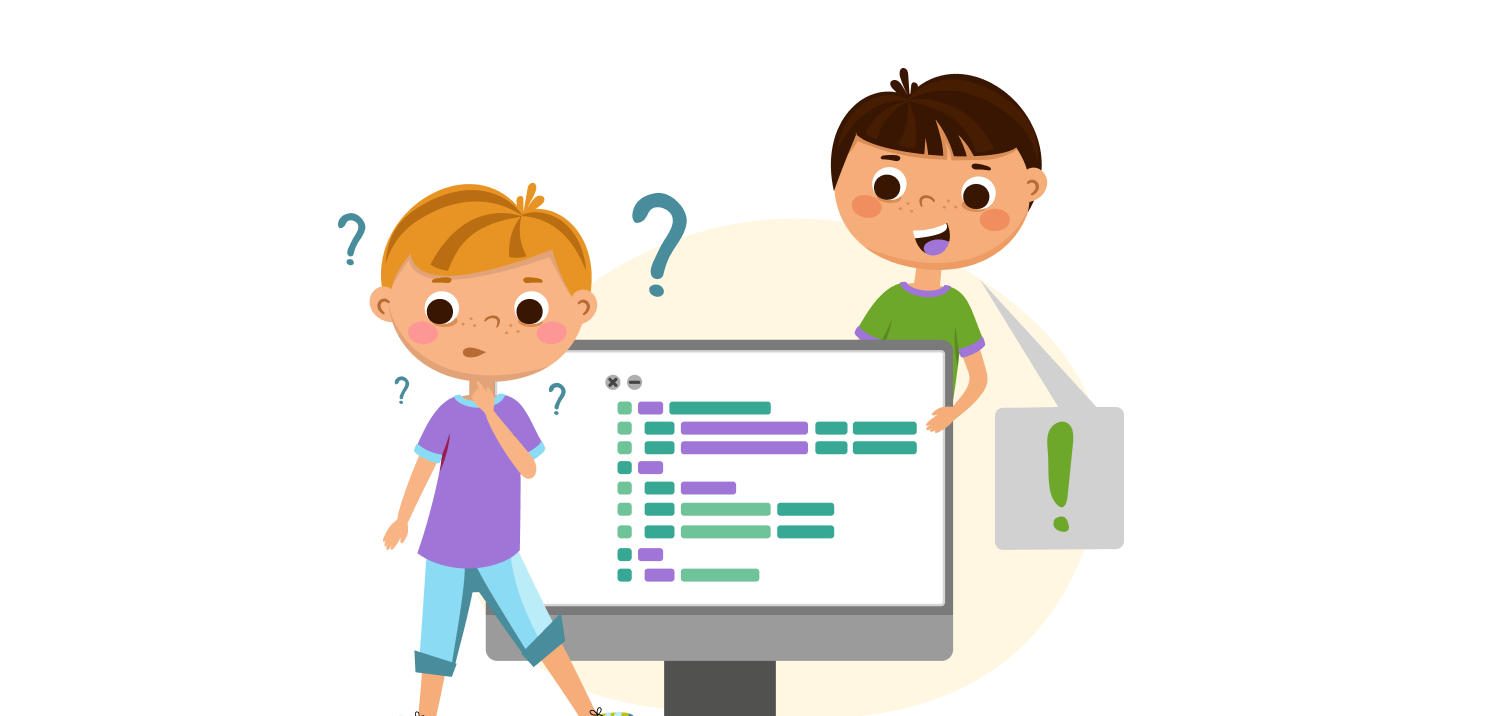
Create a supportive learning environment that encourages curiosity and experimentation. Celebrate small victories with them, provide constructive feedback so that they can work on it, and emphasize the importance of learning from mistakes. Group activities, coding clubs, or coding camps can also provide a sense of community and shared learning.
Explore:
Step 8: Learn with Challenges
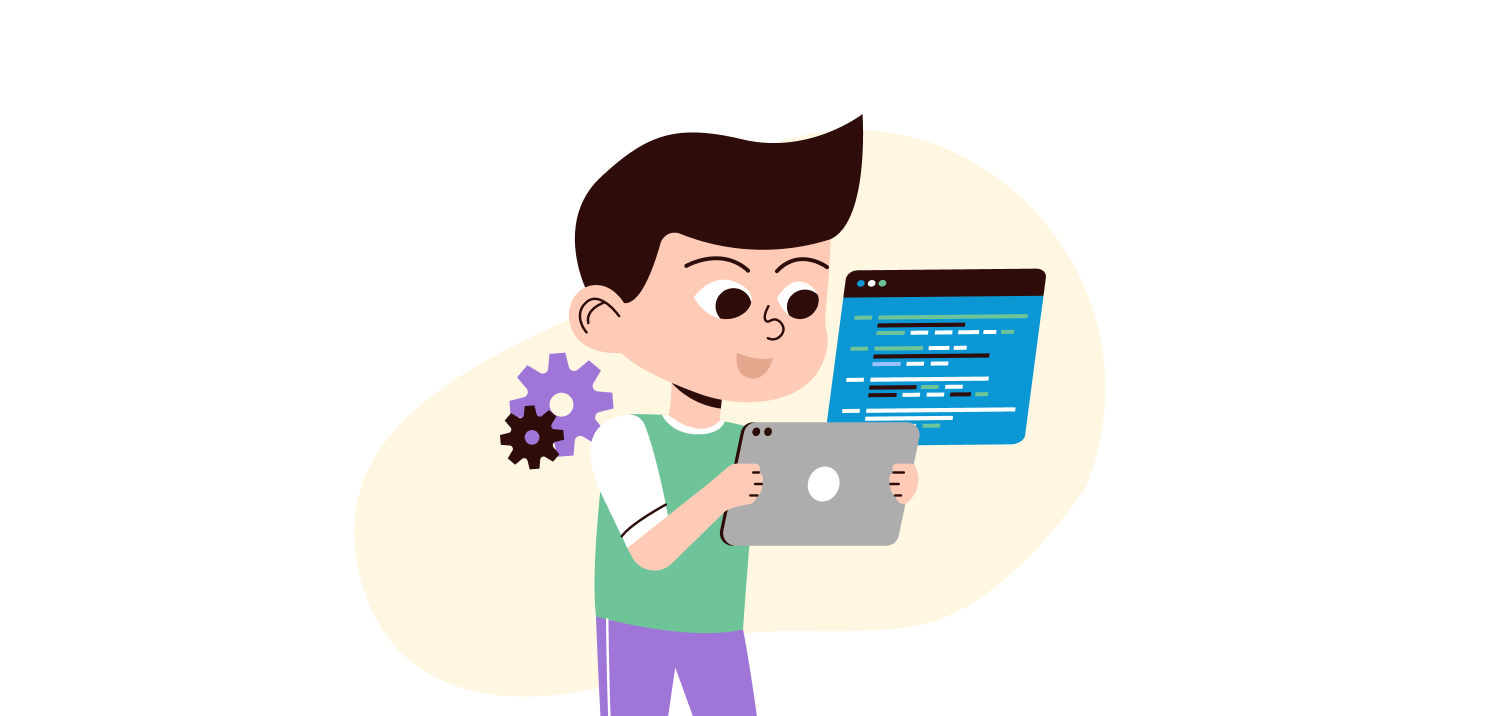
As kids progress, introduce more challenging concepts and projects. This could involve exploring libraries, learning about data structures, or even delving into web development. Tailor the difficulty level to each child’s pace, ensuring they are continually stimulated and motivated to learn more.
You can explore our website – HackerKID to help your kid learn Python in a gamified way. When at a certain age, you’ve learned about the basics and trying to move on to advanced-level concepts, you must definitely look for a course and that’s where the Python course by GUVI is going to help you level up your learning.
Ready to Test Your Tech Knowledge?
Skip boring quizzes and explore Buzzer, the ultimate MCQ game for kids passionate about computer science and technology! Pick a topic, hit the buzzer, and challenge yourself with exciting gamified questions. Think fast, answer smart, and climb the leaderboard! Play Buzzer now!
Conclusion
Teaching Python to kids helps them enhance their abilities regarding problem-solving and creative mindset. This step-by-step guide will help kids to make their learning journey enjoyable and knowledgeable at the same time. Remember, this guide should be fun, and accessible, and inspire kids to have a long-life love for coding.
Want to give your child a head start in coding? With HackerKid, they’ll follow a well-structured path built by experts, engage in fun, hands-on learning, and build real projects along the way. No confusion, no aimless browsing, just the right guidance at the right time.
Fill out the form for a personalized roadmap and start your child’s tech journey today!
FAQs
How to teach Python to kids?
This step-by-step guide will help you teach Python to kids:
1) Make them understand the basics using games.
2) As they grow, teach kids about the basic concepts of Python
3) Move on from basics to bit-advanced topics.
4) Solve gamified questions using Python.
4) Work on building very basic games using Python.
Can a 7-year-old learn Python?
At the age of 7, learning Python is not too easy but a child can start with the basics which includes performing mathematical operations like addition, subtraction, multiplication, etc. They can work on gamified platforms using Python concepts. Later, as the age grows, kids can move to the basic and advanced concepts of Python and solve problems using Python.
At what age should kids learn Python?
Kids can start learning Python from the age of 10, but very basic concepts, such as performing operations and typing skills can be improved. Teaching them how to solve Python-based coding questions at a very basic level can be worked upon.


